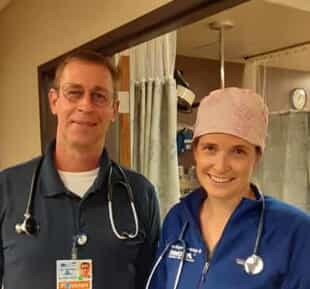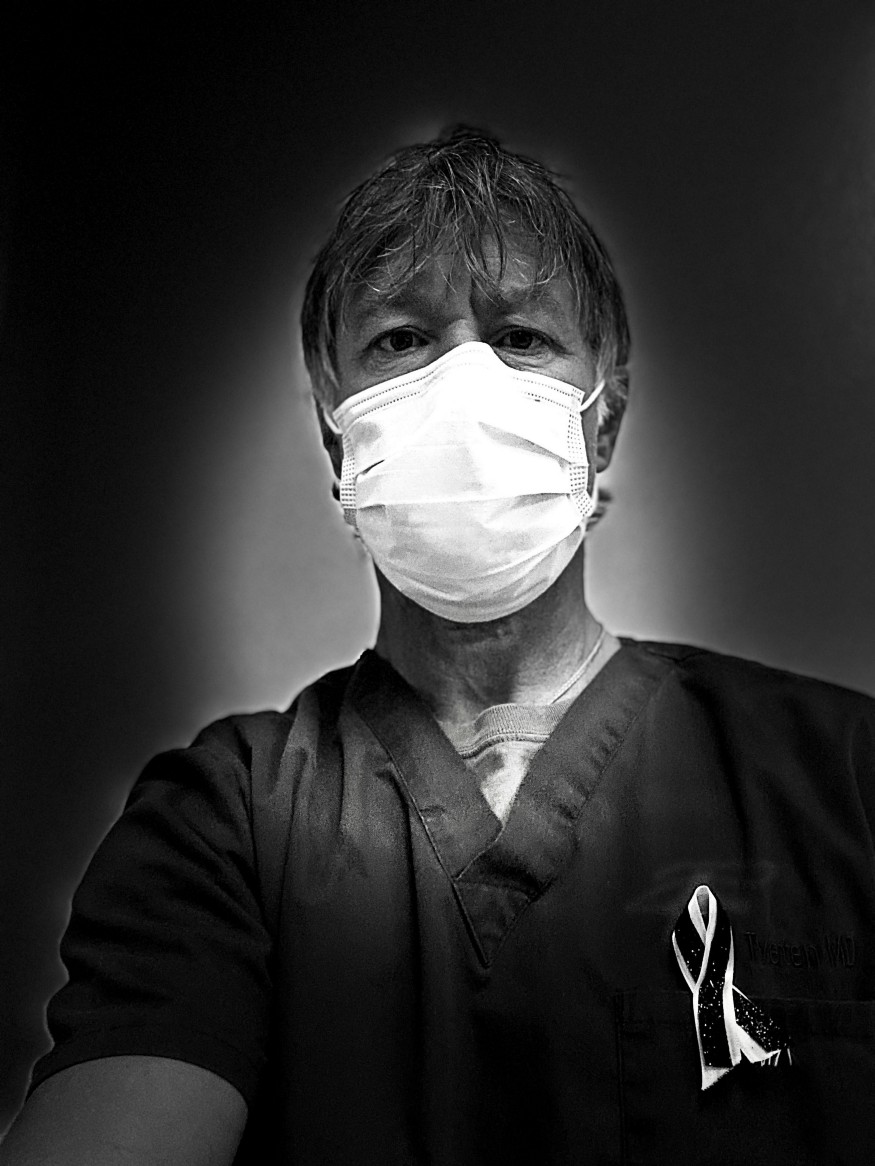Our computer stations are only six feet apart but I can’t recall if we’ve ever touched. Was there an accidental bump while negotiating the ER labyrinth? Now my hand rests on your shoulder. Through double gloves, part of a body covered in synthetic armor, it is meant to be a touch of reassurance. My voice muffled by two masks, tries to project the accompanying words. “We’ll get you through this”. Words I mean. Words I believe. But I can’t help my thoughts from drifting towards Nieci.
Just an hour ago I was told she had died. Just a week ago it was she in this very bed. Like you, she was an integral part of our hospital. Performing a task that I came to see while I was a resident as the heart of the department: the quartermaster who plots the course and steers the ship.
Neici was a powerful woman of color. I’ve heard her called “big mamma”, in the most respectful light. Played out in real time she was bigger than big. Grand is more like it, singular. Brazen in her determination to provide, with arms that could hug two city blocks. It was impossible to get in her way.
While you have the same effect, your way is different. In your tradition you are the silent pillar. A cornerstone in a foundation that has absorbed the weight of generations of massacre from disease in all its forms. Providing the strength needed to nurture community and sustain culture. From six feet away I have seen you calmly handle the next crisis that your cell phone delivers even as you steer me through the next crisis that comes through the ambulance bay doors. Now it is you who is in need of support. When I tell you that we need to admit you, are you anxious? With you it is hard to tell.
I walk the roughly sixty meters to the medical floor reflecting on distance. Six feet, the distance from middle fingertip to middle fingertip of the average English sailor’s outstretched arms, aka a fathom. Six feet, the distance declared to bury victims during the plague of 1665 to prevent further spread, hence the euphemism ‘six feet under’. Six feet, the standard unit of social distance… based on what? A sneeze can propel droplets to speeds of 100 miles per hour. According to an MIT study, these droplets can travel eight meters and remain suspended in the air for ten minutes. A cough is not far behind traveling up to six meters. Why six feet? The answer is no different in 2020 then it was 355 years previously, it seems about right.
Whether I measure by seven sneezes, ten coughs, or thirty-three social distance units I arrive at the Covid ward. I walk past the void left where Nieci. used to sit. It is fathoms deep. I can’t see where it ends. Three days have passed since I last saw you and a quick glance tells me your oxygen requirement has gone up. Your anxiety is now plain to see. Can you see mine?
This disease is like nothing I’ve encountered in my twenty-five years of practice. For most it is goes unnoticed or is a quickly passing storm. But some get walked to the canyon rim, are allowed a moment to take in the view and then without warning are cast into free-fall. I wish I could tell you that someone couldn’t be you.
Double masked and gloved, armor in place, I sit on your bed and hold your hand. It is the best medicine I can offer. There is no distance. I remain hopeful. You remain strong. We make a pact to hug.
John Tveten is an ER doctor at Little Colorado Medical Center in Winslow, AZ., which provides emergency care for northeast Arizona including the southern Navajo Reservation. The Navajo reservation has been particularly affected by Covid-19 and has suffered the third highest per capita cases in the country.
https://medium.com/@johntveten/a-reflection-on-distance-41f62a066b7f













